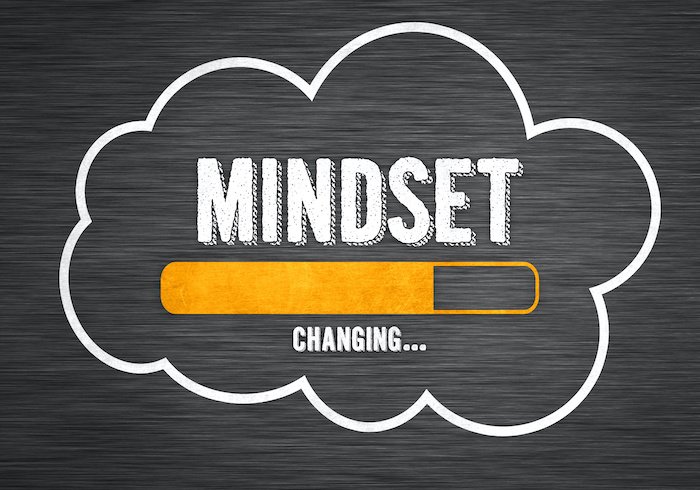How many minutes have you wasted worrying about exercising “long enough” or “hard enough?” How many thoughts of guilt or shame have you associated with exercise? These mindsets create your relationship with exercise.
When I ask people how healthy they are, I hear the word “exercise” in the first sentence of their response. It makes perfect sense. Exercise benefits our body, our brain, and our emotional health. Exercise prevents disease and can literally be one of the most beneficial actions we can take to be “healthy.”
Yet, I bet we would all have a different definition of “healthy,” wouldn’t we? You may attribute your health to your body composition and weight. You may associate the results of your annual doctor’s visit with your overall sense of your health. Yes, it’s true; exercise helps with each of these ways of defining health.
Allow me to open your eyes to a fresh way to approach your exercise that also removes the guilt and shame. Wouldn’t that be nice?
1. Shift your exercise mindset.
Mindset refers to the beliefs we hold about something. Yes, we all have an exercise mindset. This mindset ultimately shapes our relationship with it.
Your current mindset may sound like one of the following statements:
- I’m too busy to have a consistent workout routine. But if I monitor my calories, getting in some physical movement doesn’t matter.
- Exercise only mattered for my younger body. I should just accept that my body has changed and give up.
- Cardio and heavy sweating are the only kinds of workouts I will try. I’ll lose weight when the workout leaves me exhausted and drenched.
- The length of the exercise routine is what matters; a long class is all that works for me.
- Pushing myself harder helps me see results.
I’ve heard all of these for the past twenty years. It’s these negative mindsets that lead to our core values about exercise. Our core values then lead to how we approach it. So, yes, mindset matters.
What if you questioned your negative feelings about exercise? What if you found a way to enjoy exercise rather than continue to dread it?

If we change the voice in our heads to be more positive, we may even try new things, find a fun way to exercise, and find a new level of confidence from movement.
I’ve seen this with many members and know you, too, can feel this.
2. Turn away from conventional wisdom.
When we can challenge societal norms and definitions of what we are “supposed” to do to be fit, it is possible to find new ways to move.
3. Move throughout the day.
Instead of continuing to believe we must get in an hour of sweaty, heart-rate-elevating exercise every day, we can dedicate ourselves to small habit changes daily. Five minutes of exercise a day is far better than dreading that long and sweaty session you never get to.
I’m a huge fan of the Five Minute Flow. Shout out to my buddy in California, Max Shank, who created the Flow. Five minutes of shaking, bouncing, marching, walking, or jogging is far better than working through your day and not getting in any movement. Even the busiest of us can find five minutes in our day!

I’d also add that five minutes may even lead to six, seven, or eight minutes. So then, my friend, you have a “keystone habit,” or a habit that is so significant that other smaller habits attach to it and make it an even greater wellness activity.
If you are ready to genuinely enjoy movement and exercise, transform your wellness, and live the life you’ve dreamed of, I’d love to tell you more about my unique Concierge small group program. We currently have a few spots available in the lunchtime group. Reach out to us and we will schedule a free 30-minute consultation to see if small group Concierge is right for you!


